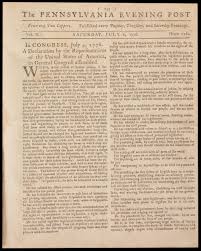Why do some newspapers turn yellow over time?« Back to Questions List
|
The paper you use every day is made from wood, which is made up mainly of white cellulose. There are also other two components namely hemi cellulose and lignin. Lignin is a dark substance which when exposed to air and sunlight turns paper yellow. Lignin is responsible for making wood stiff by binding the cellulose fibers together. It could be called a polymer which is nothing but a substance that is formed by the joining of simpler molecules into giant molecules that act differently than the smaller molecules did. Lignin also helps protect the wood from pests and other damage. Brown Kraft paper, the dark brown paper used in grocery store bags and cardboard are stiff and sturdy because they have more lignin in them, and also those kinds of paper aren't treated with bleaching chemicals. As there aren’t any printings on them, it doesn't matter how dark they are. On the other hand, to make a fine white paper, wood undergoes a chemical solvent process at the mill. This process separates and discards the lignin. Pure cellulose is white, and the paper made from it will be white and will resist yellowing. As newsprints contain some lignin in them, it eventually turns paper yellow because of oxidation. The lignin molecules when exposed to oxygen in the air begin to change and become less stable. The lignin will absorb more light, giving off a darker color. It could be observed that if newsprint were kept completely out of sunlight and air, it would remain white. After only a few hours of sunlight and oxygen, however, it will start to change color. |

